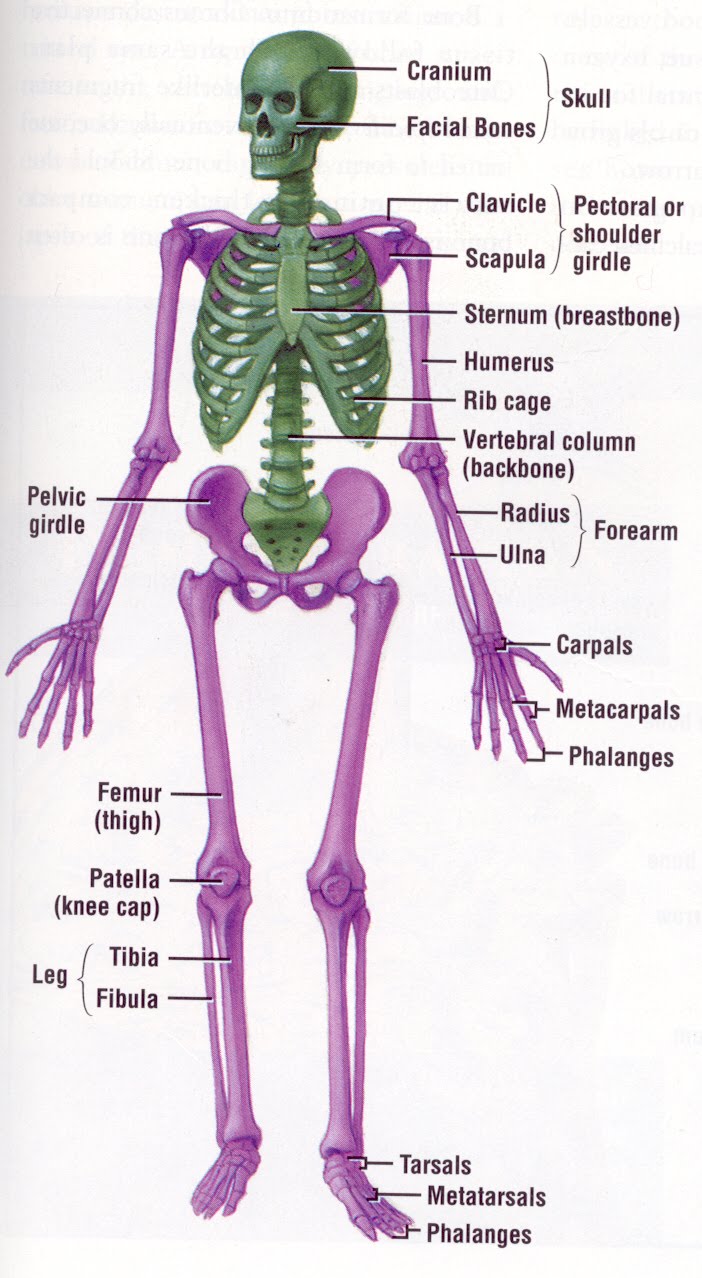
skeletal system diagram
skeleton, Bony framework of the body. It includes the skull, vertebral column, collarbone, shoulder blades, rib cage, pelvic girdle and the bone s of the hands, arms, feet, and legs. The skeleton supports the body and protects its internal organs. It is held together by ligaments and moved at the joint s by the muscle s, which are attached to it.
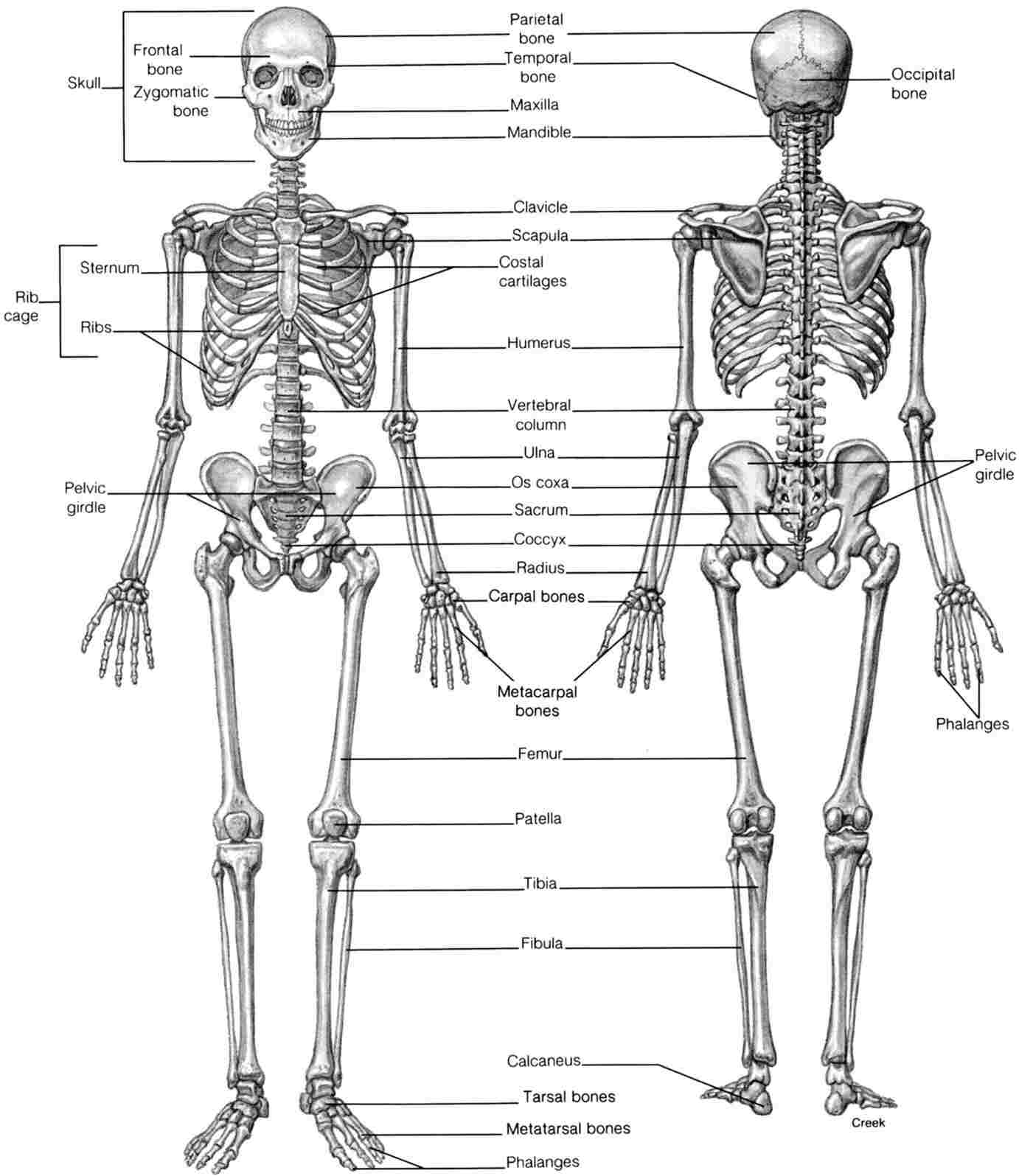
Human Skeletal System Drawing at Explore collection of Human Skeletal
The ilium is the big bone of the hip, the ischium is the bone on which one sits and the pubis forms the lower frontal hip bone as seen in the diagram. Femur. The longest and the strongest bone in the human skeletal system as you can observe in the labeled skeleton diagram of the human body. The femur or the thigh bone is closest to the body.
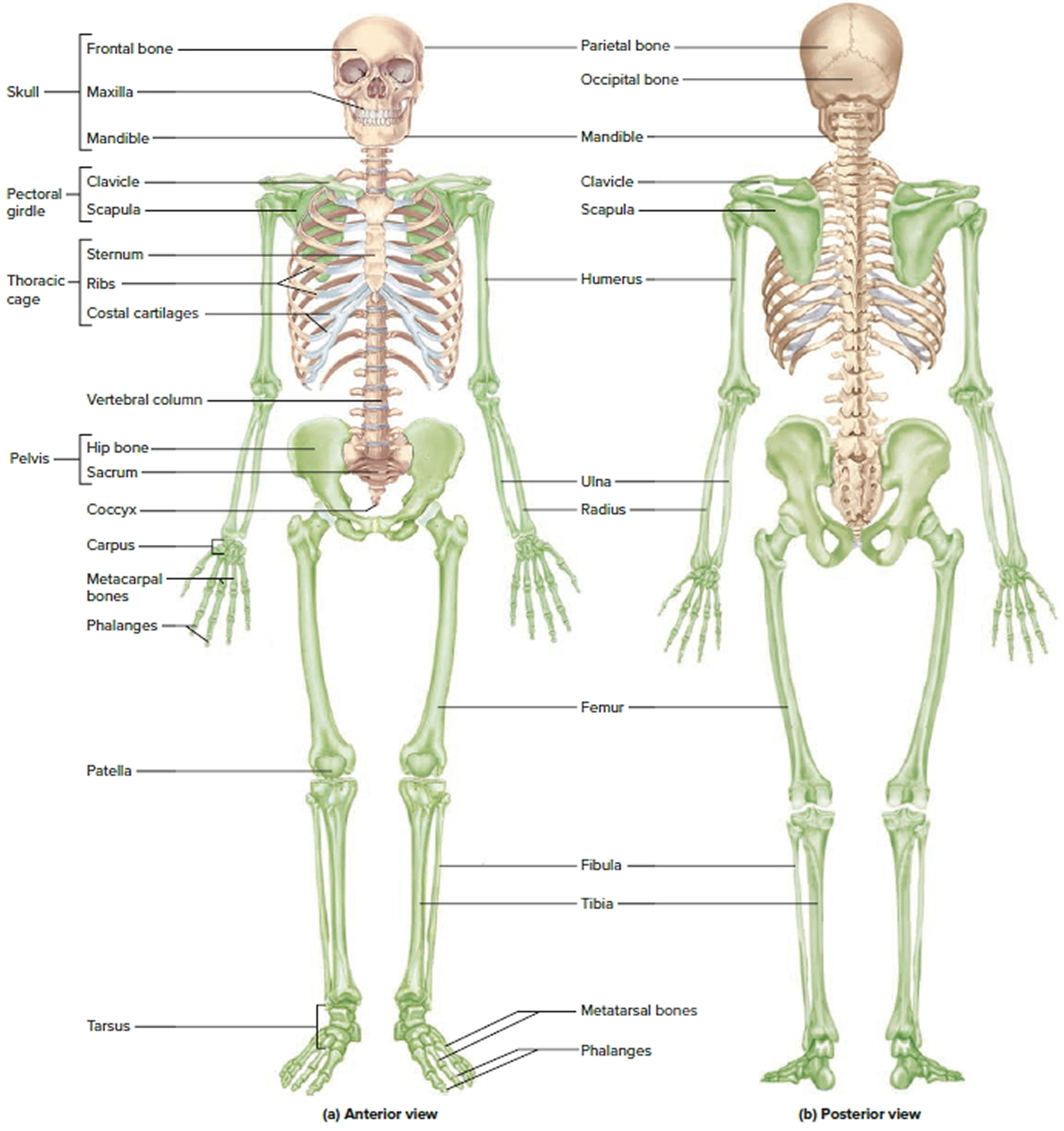
Human Skeleton Skeletal System Function, Human Bones
The skeletal system is your body's central framework. It consists of bones and connective tissue, including cartilage, tendons, and ligaments. It's also called the musculoskeletal system. Advertisement. Cleveland Clinic is a non-profit academic medical center. Advertising on our site helps support our mission.
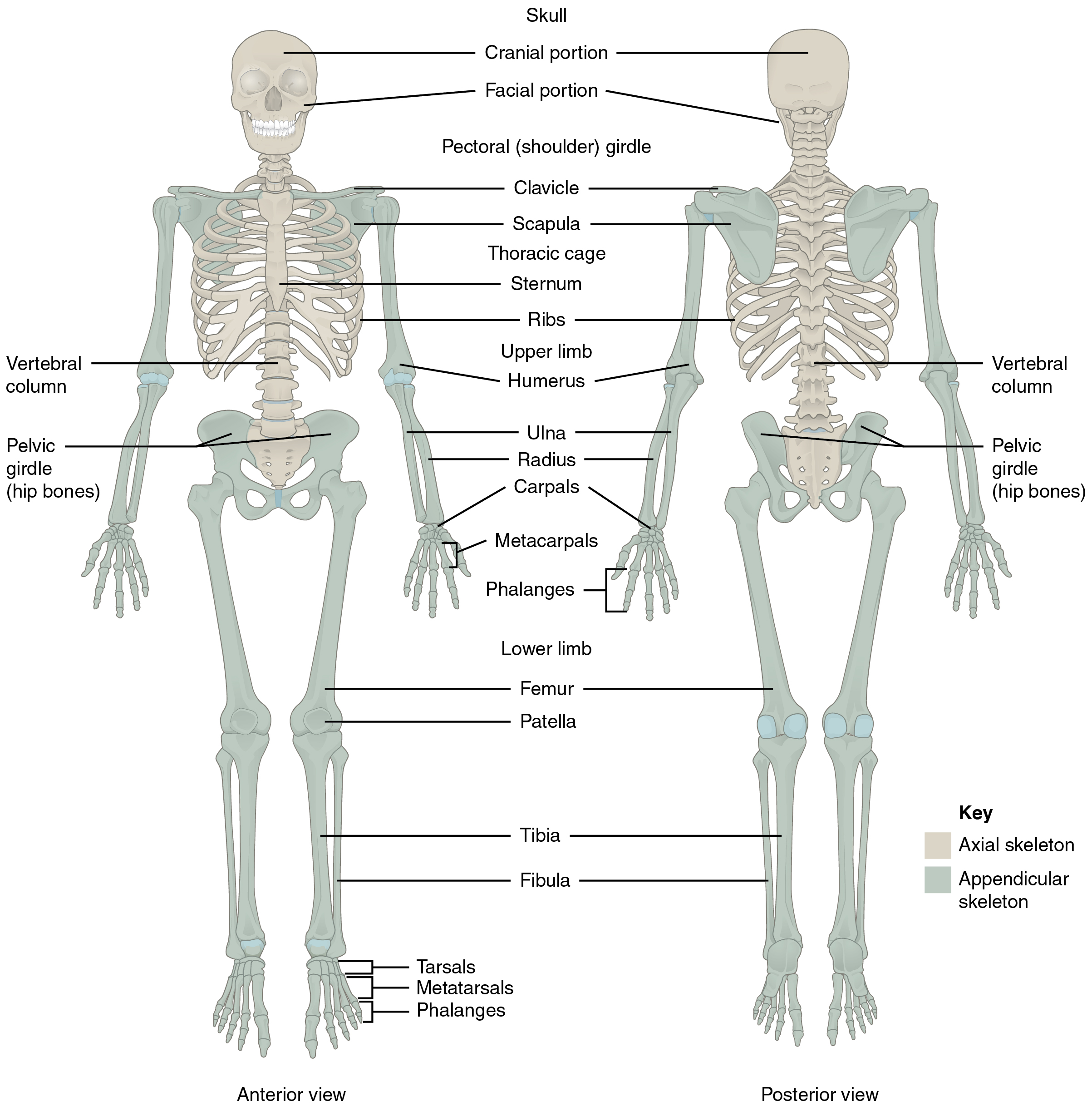
Divisions of the Skeletal System · Anatomy and Physiology
Given below is a labeled diagram, and tips to help you draw and memorize the names of different parts. Human Skeleton Diagram. Here is a detailed diagram which shows the various bones present in an adult skeletal system. There is a little difference between the male and female skeleton, but for diagrams mostly a male skeletal system is considered.
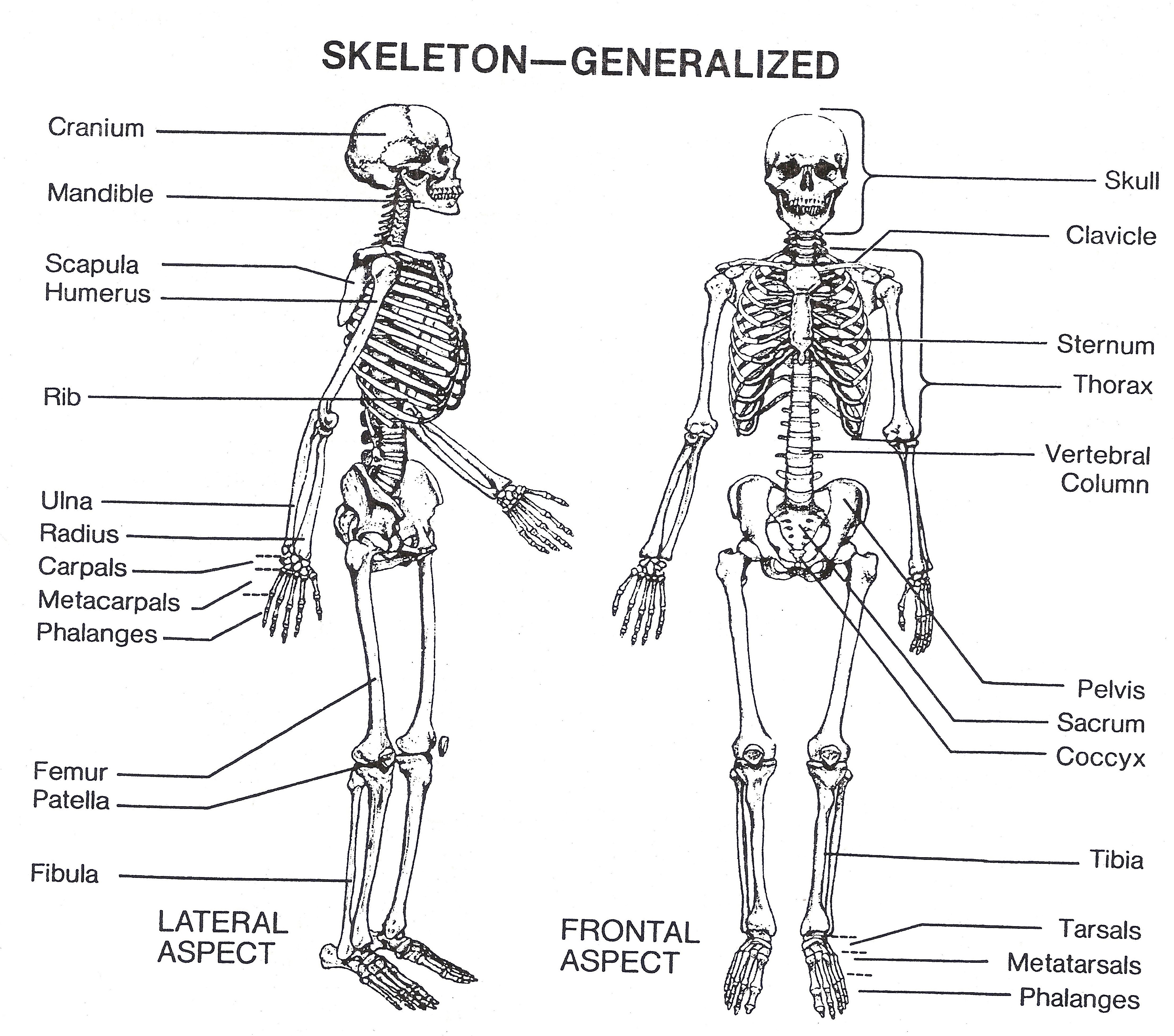
Human Skeletal System Drawing at Explore collection of Human Skeletal
In adults, the skeletal system includes 206 bones, many of which are shown in Figure 14.2.2 14.2. 2. Bones are organs made of dense connective tissues, mainly the tough protein collagen. Bones contain blood vessels, nerves, and other tissues. Bones are hard and rigid due to deposits of calcium and other mineral salts within their living tissues.

Human Skeletal System Diagram coordstudenti
The skeletal system is made up of your bones, ligaments, and cartilage. Though its main function is to provide structural support for the body, it also stores important minerals—such as calcium—forms red blood cells, and protects your internal organs. The skeletal system can break down into two main categories—the axial skeleton, which.
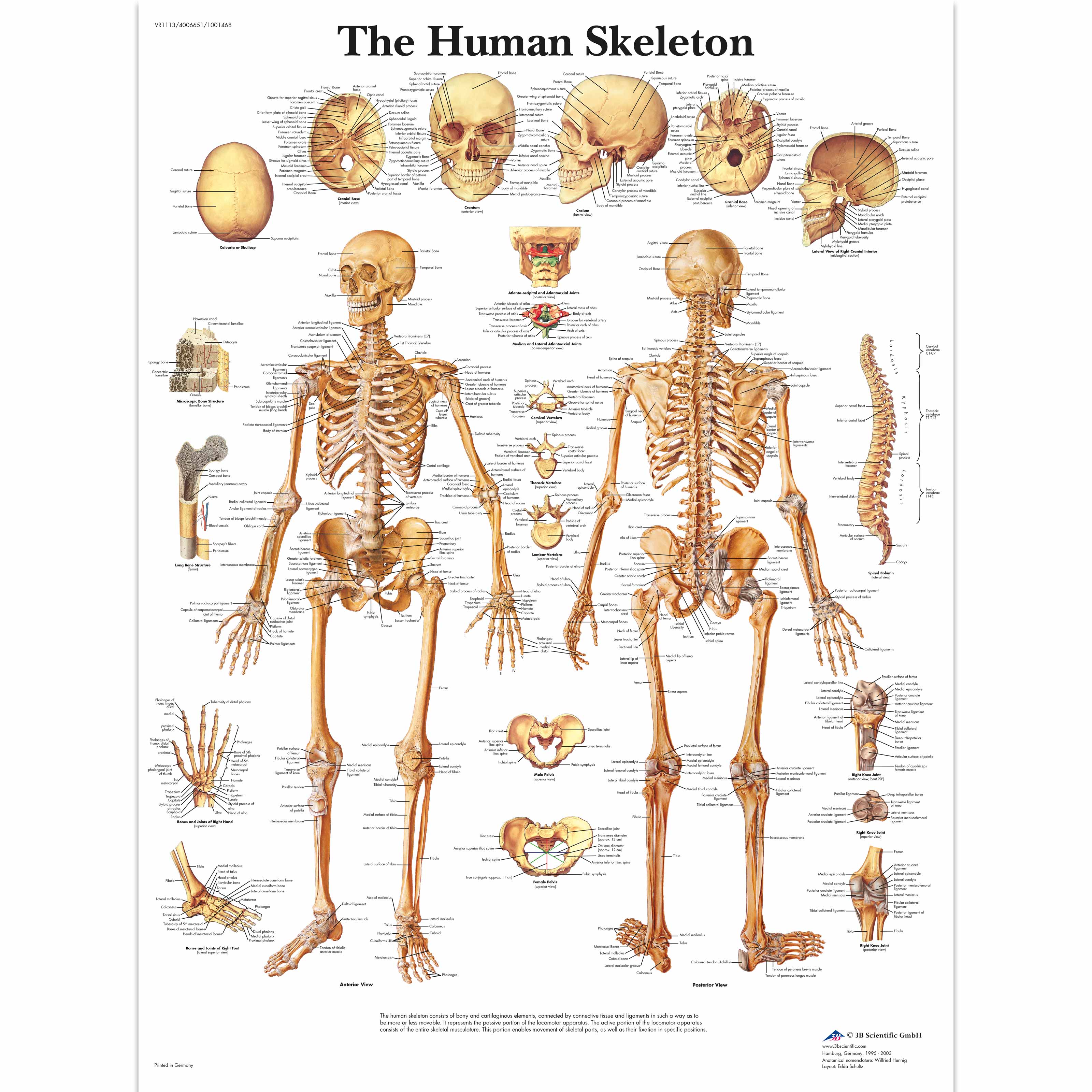
Human Skeleton Poster Human Skeleton Chart Paper
Skeletal System The skeletal system includes all of the bones and joints in the body. Muscular System The muscular system is responsible for the movement of the human body. Cardiovascular System The cardiovascular system consists of the heart, blood vessels, and the approximately 5 liters of blood that the blood vessels transport.
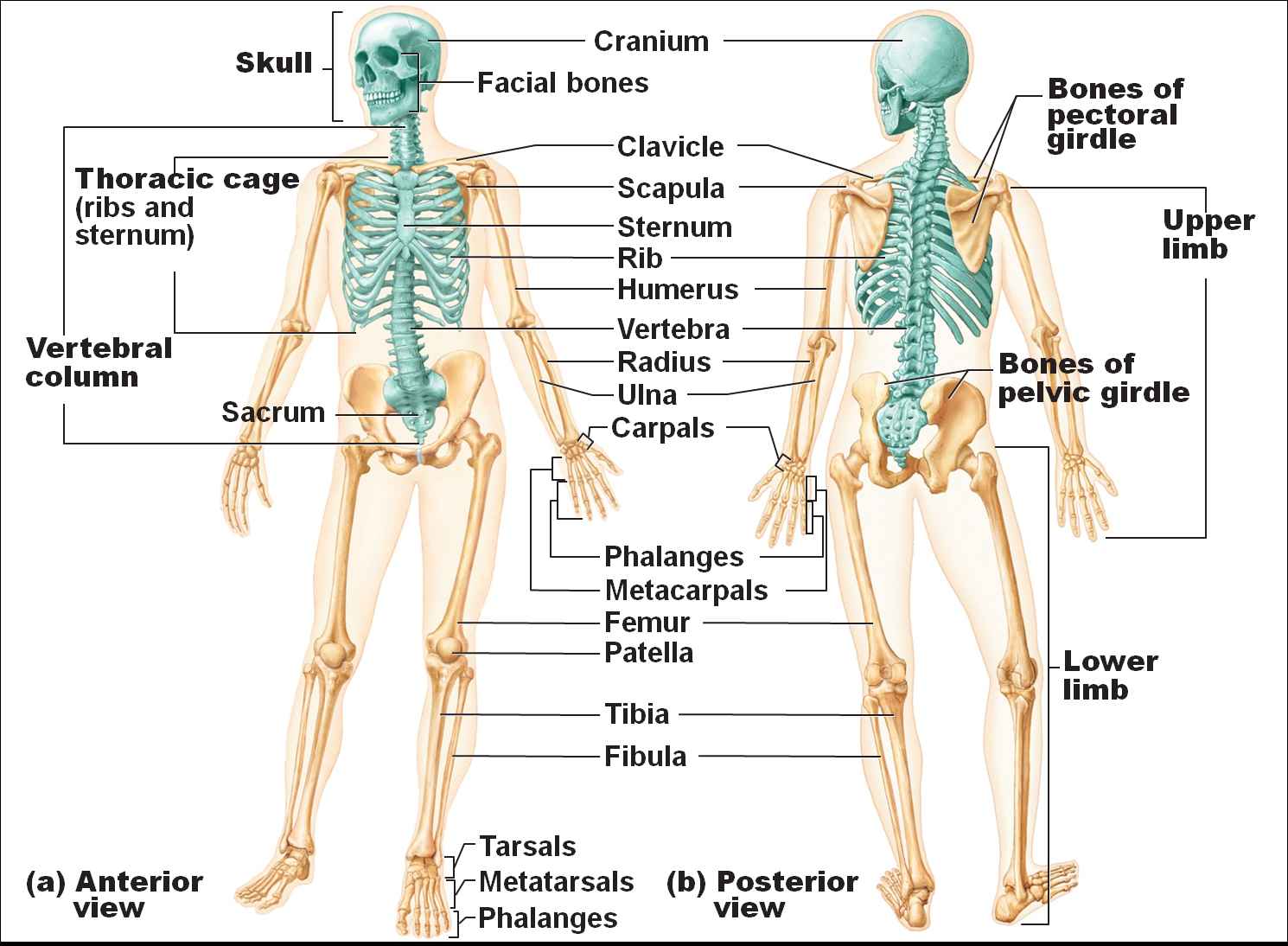
Human Skeletal System Diagram Health Images Reference
An anatomy atlas should make your studies simpler, not more complicated. That's why our free color HD atlas comes with thousands of stunning, clearly highlighted and labeled illustrations and diagrams of human anatomy. No missing information, no confusion, and no hidden costs; simply a learning resource you can trust to make your studies easier.

Skeleton Anatomy Poster Skeletal System Anatomical Chart Company
The bony skeleton provides the shape and framework on which the human body is designed and functions. It houses and protects vital organs; it contains bone marrow, which is the functional unit of the hematopoietic system; and it provides attachments and anchorage to muscles and ligaments and joint capsules. Bones often act as levers, which, in.
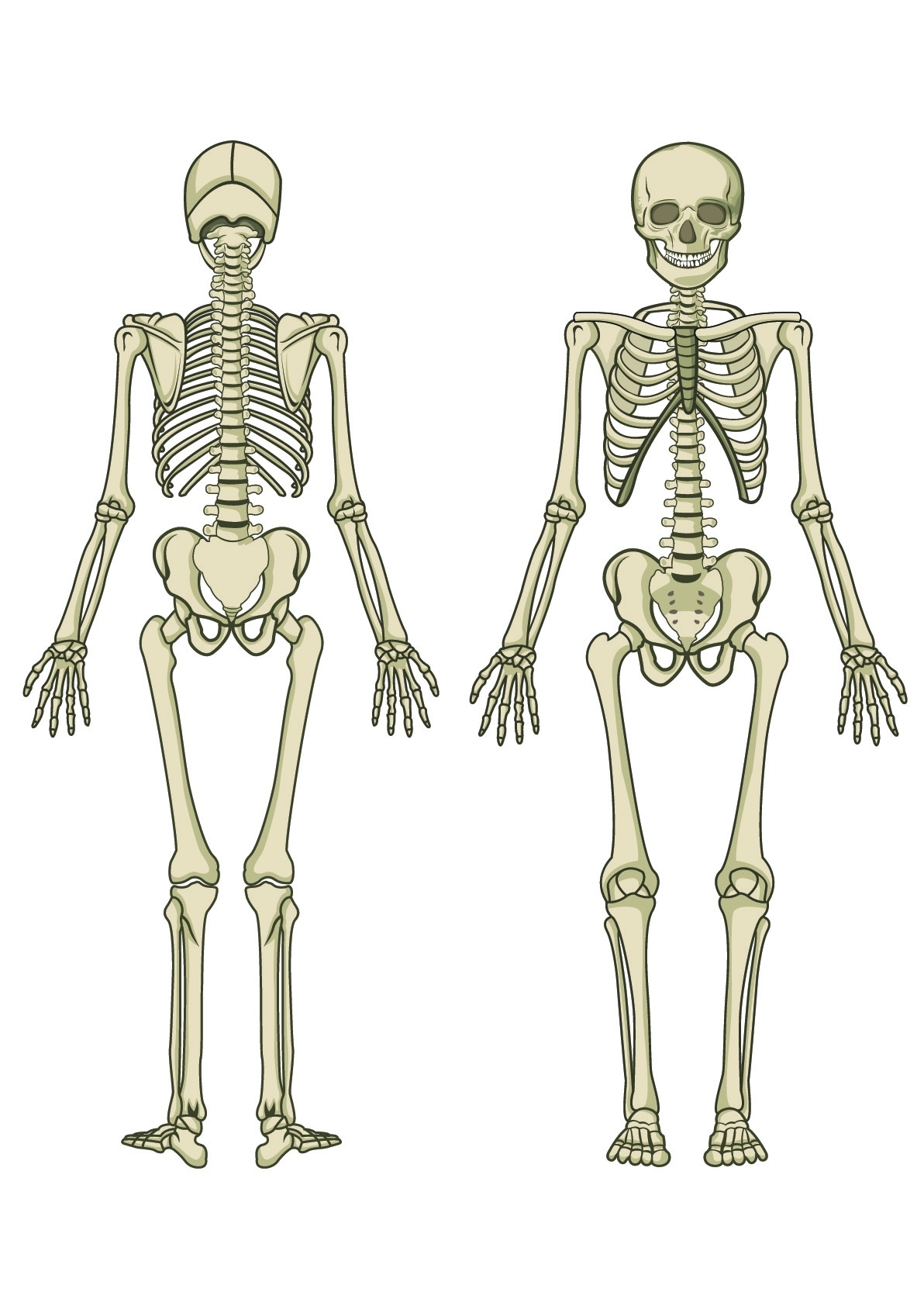
Skeleton Diagram Printable Pictures Human Skeleton Diagram Blank, Human Anatomy Diagram
Here's a skeletal system diagram providing you with a broad overview of the two skeletons and the bones in the body: [Main bones of the skeletal system (anterior view)] The axial skeleton is essentially the midline, or central core region, and consists of the bones of the skull (cranium) together with the bones of the trunk.
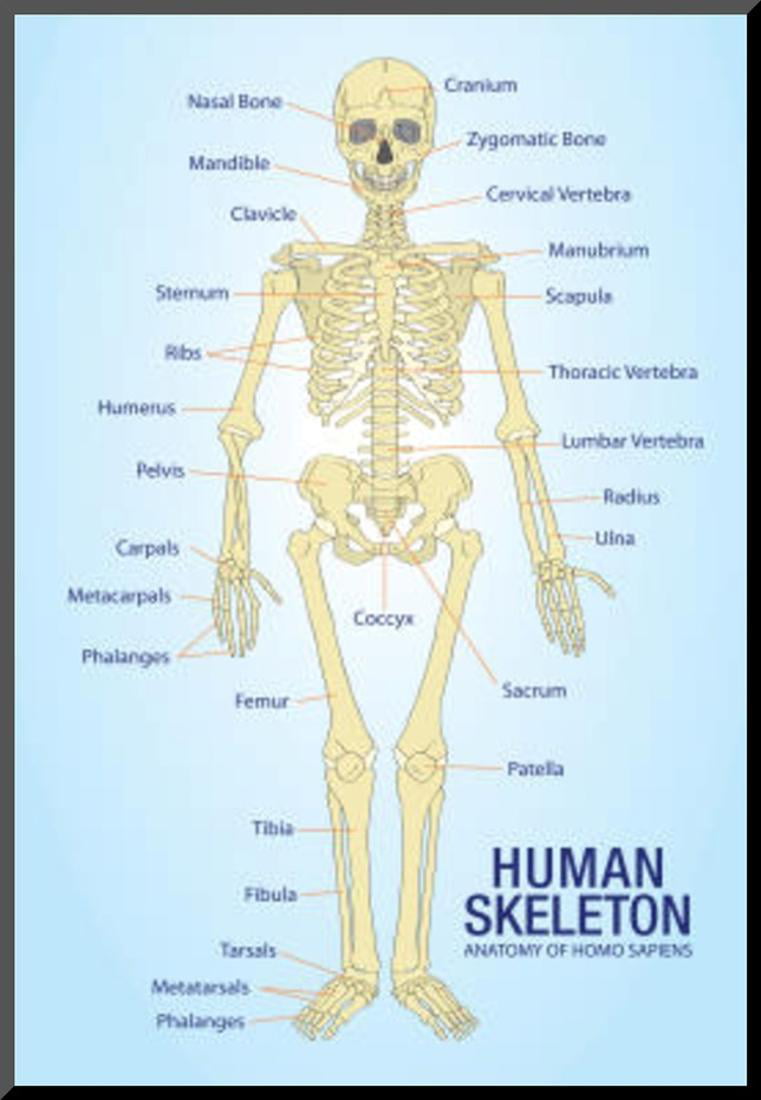
Human Skeleton Anatomy Anatomical Chart Poster Print Mounted Print 13x19
The human skeletal system consists of all of the bones, cartilage, tendons, and ligaments in the body. Altogether, the skeleton makes up about 20 percent of a person's body weight. An adult's.

Human Skeleton Coloring Page Medical Art Library
skeleton, the supportive framework of an animal body.The skeleton of invertebrates, which may be either external or internal, is composed of a variety of hard nonbony substances.The more complex skeletal system of vertebrates is internal and is composed of several different types of tissues that are known collectively as connective tissues.This designation includes bone and the various fibrous.
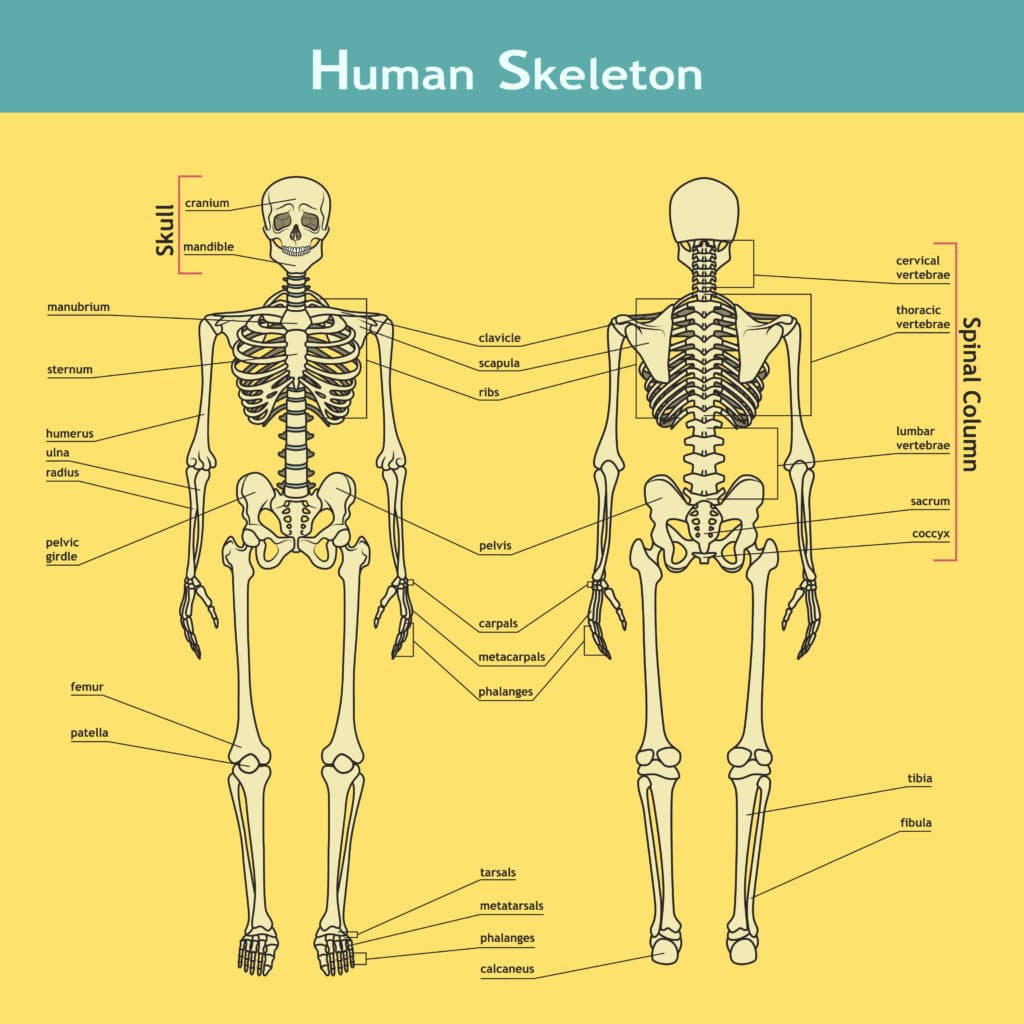
Why do we have bones?
The skeletal system includes all of the bones and joints in the body. Each bone is a complex living organ that is made up of many cells, protein fibers, and minerals. The skeleton acts as a scaffold by providing support and protection for the soft tissues that make up the rest of the body. The skeletal system also provides attachment points for.
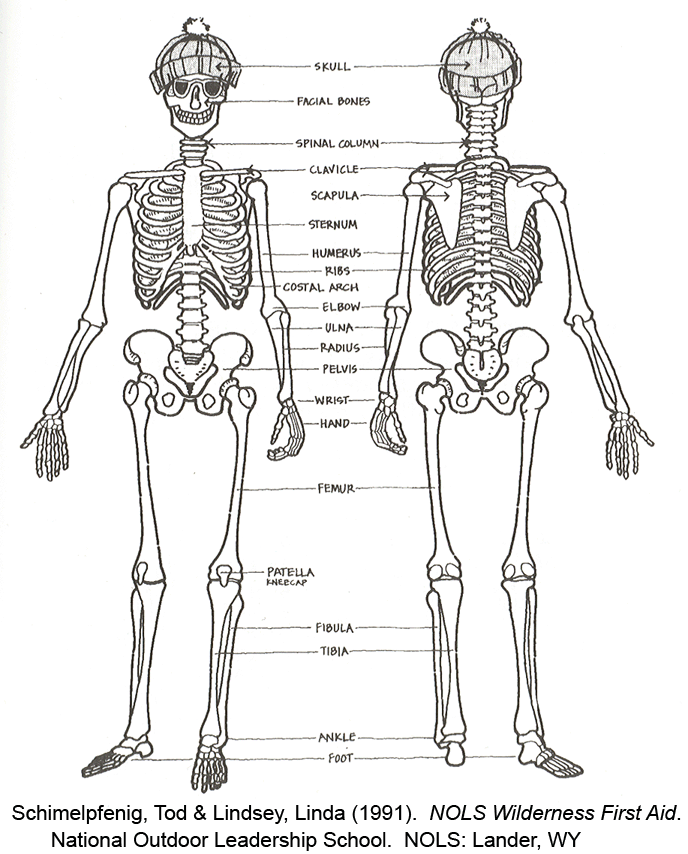
Skeleton Diagram
Human Anatomy - Skeleton. Click on the labels below to find out more about your skeleton. More human anatomy diagrams: front view of muscles, back view of muscles, organs, nervous system. Assemble.
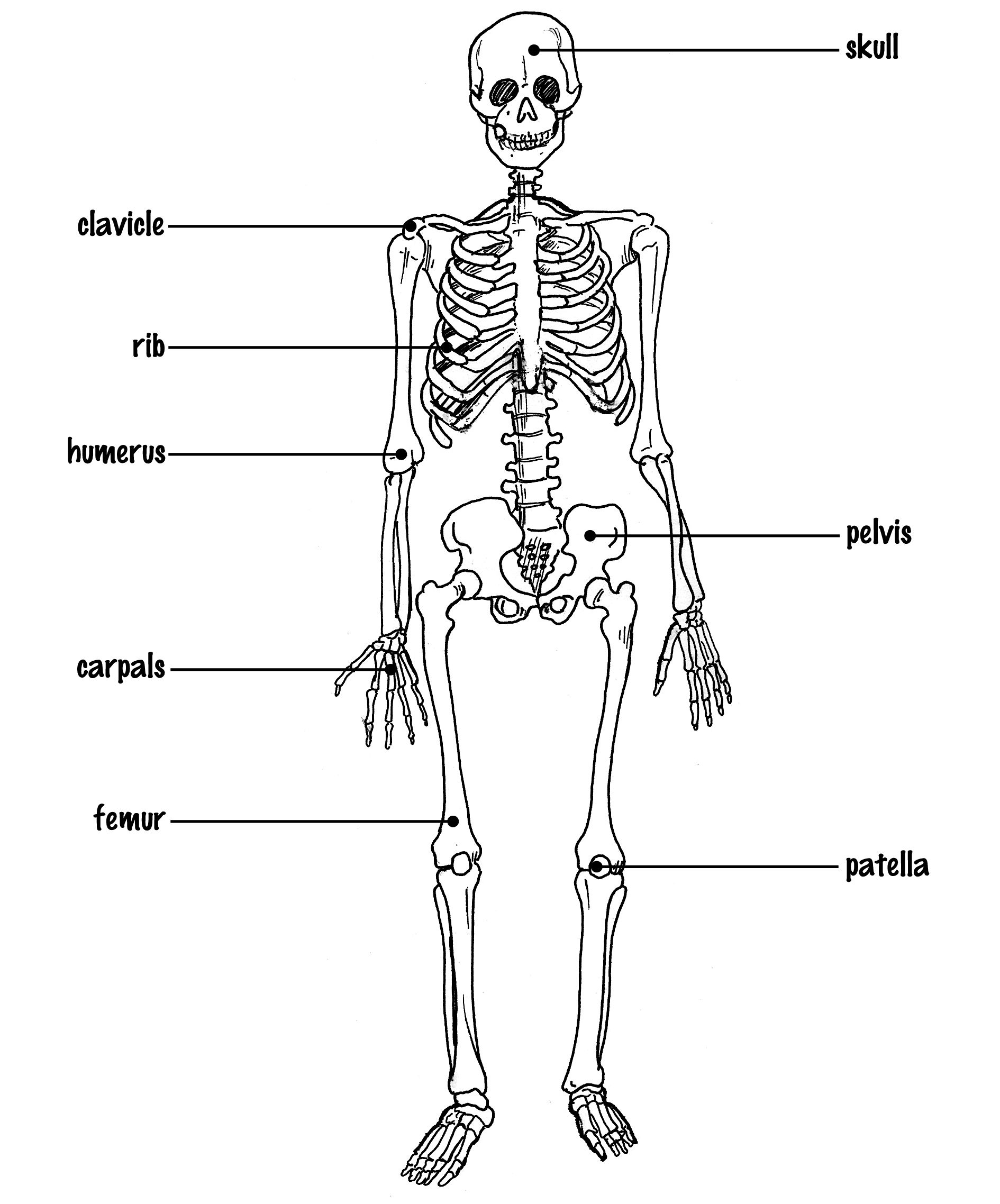
Skeletal System Drawing at Explore collection of Skeletal System Drawing
3. The Skeleton Protects Vital Organs. The brain is surrounded by bones that form part of the skull. The heart and lungs are located within the thoracic cavity, and the vertebral column provides structure and protection for the spinal cord. 4. Interactions Between the Skeleton, Muscles, and Nerves Move the Body.
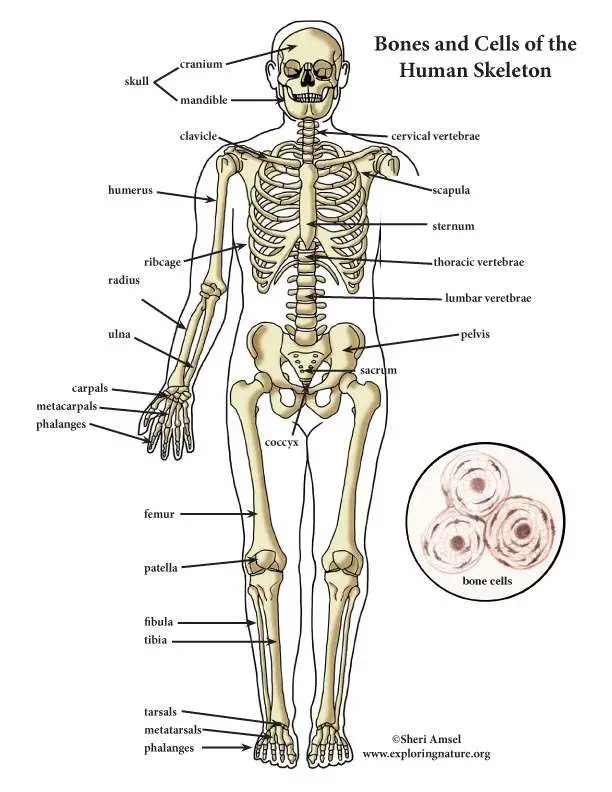
Skeleton diagram
The human skeleton is the internal framework of the human body. It is composed of around 270 bones at birth - this total decreases to around 206 bones by adulthood after some bones get fused together. The bone mass in the skeleton makes up about 14% of the total body weight (ca. 10-11 kg for an average person) and reaches maximum mass between the ages of 25 and 30.